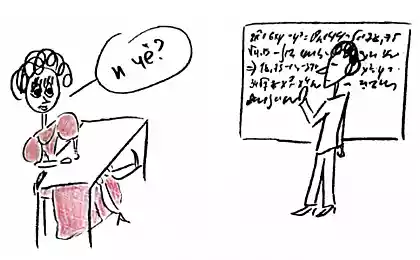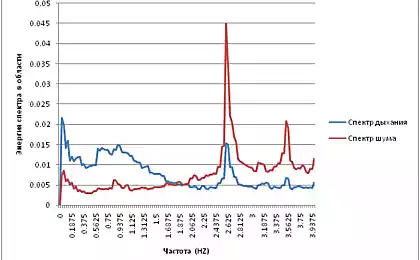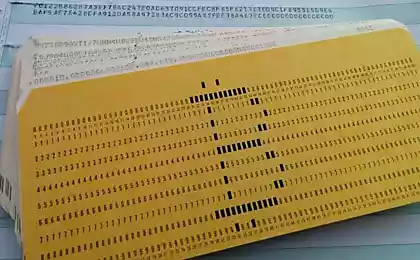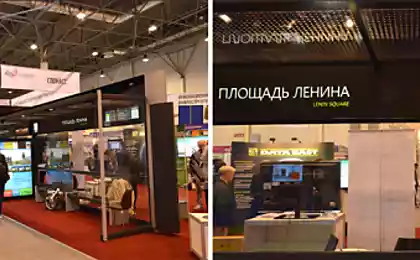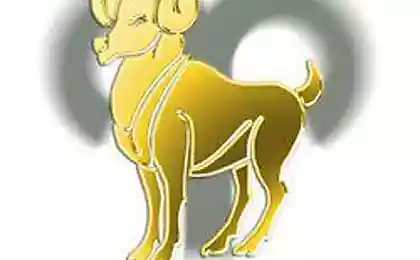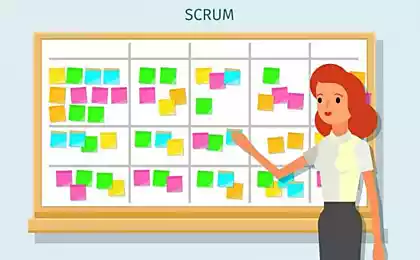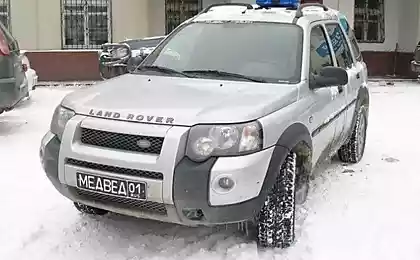498
The order to be executed
You need a list of best sellers to give them a prize. As a unified information system you are, you are asking a subordinate to make such a report manually.
The slave worked hard, and later that evening you receive a report where you can see the sales amount for each salesperson in the branch office. However, all sellers in a heap without specifying a branch operation, sales amount given for six months (and you need the average by months for the last six months), the number of transactions each seller has not specified.
And to whom to give the awards? Time is already running out, and you have to redo the report yourself.
Talking about this example? Putting tasks to his subordinates, ask yourself: how subordinate understands what you need?

If the subordinate is a new job, be sure to in detail tell him WHAT he should do, WHAT you need and WHAT FORM you need the result. And best of all — draw option that you want to see from him in the end.
It is — briefly. But if detail and in details, then get ready to think.
Giving instructions, the leader must be sure that employees really understand what, how and why they have to do. But that full understanding is possible only when the head fully enters them in the course of the case, giving them in fact they all sound the chain "problem — purpose — concrete steps". So - any orders constitute the following items:
1.The problem
2.Task
3.Concrete steps to implement it (usually with a clear indication of who is responsible for what)
4.A report on the results (when and in what form).
Depending on the difficulty of the task, competence and motivation of the subordinate scheme (method) orders may be very different. Standard with smart management has the following form:
-the situation (problem, context);
-the desired result (the specifics and timing!);
the process of steps (hard on the record);
-difficulties and resources that Help!
priorities;
-to assess the readiness (cope?), to check understanding;
-if necessary — a report on the result.
And from the point of view of effective influence diagram for smart management has this algorithm:
CAPTURE:
Primary contact: draw attention to yourself;
The field definition and the conditions of the fight: equip the situation, establish contact, make subordinate subordinate;
Attracting and fixing the attention. For example: "I Have a mission...";
Depotentialisation of the enemy: the build. Enter in the desired state and format: "Sit down, take a notebook, write it down!".
RECEPTION:
Strike (reception): outline the problem, state the problem;
The latent period (smokescreen). Make personal progress: "I Appeal to you because you...";
Corridor waste. Fleshing out the steps: "It is not difficult. First, ... Assistance and resources — there is such";
A push and aid in flight. Indicate the time and criteria: "To a certain deadline must be made so-and-so."

LOCKING:
To prevent attempts to Dodge. Specify possible errors. Display the candy (or horror story). Put on control: "Report then, and in such form";
Fixation results: test understanding and commitment;
Completion of contact: give the go-ahead and push, put control;
And most importantly, giving instructions, very well understand, what really you need!
P. S. And remember, only by changing their consumption — together we change the world! ©
Source: www.psychologos.ru/articles/view/rasporyazheniezpt_kotoroe_budet_vypolneno
The slave worked hard, and later that evening you receive a report where you can see the sales amount for each salesperson in the branch office. However, all sellers in a heap without specifying a branch operation, sales amount given for six months (and you need the average by months for the last six months), the number of transactions each seller has not specified.
And to whom to give the awards? Time is already running out, and you have to redo the report yourself.
Talking about this example? Putting tasks to his subordinates, ask yourself: how subordinate understands what you need?

If the subordinate is a new job, be sure to in detail tell him WHAT he should do, WHAT you need and WHAT FORM you need the result. And best of all — draw option that you want to see from him in the end.
It is — briefly. But if detail and in details, then get ready to think.
Giving instructions, the leader must be sure that employees really understand what, how and why they have to do. But that full understanding is possible only when the head fully enters them in the course of the case, giving them in fact they all sound the chain "problem — purpose — concrete steps". So - any orders constitute the following items:
1.The problem
2.Task
3.Concrete steps to implement it (usually with a clear indication of who is responsible for what)
4.A report on the results (when and in what form).
Depending on the difficulty of the task, competence and motivation of the subordinate scheme (method) orders may be very different. Standard with smart management has the following form:
-the situation (problem, context);
-the desired result (the specifics and timing!);
the process of steps (hard on the record);
-difficulties and resources that Help!
priorities;
-to assess the readiness (cope?), to check understanding;
-if necessary — a report on the result.
And from the point of view of effective influence diagram for smart management has this algorithm:
CAPTURE:
Primary contact: draw attention to yourself;
The field definition and the conditions of the fight: equip the situation, establish contact, make subordinate subordinate;
Attracting and fixing the attention. For example: "I Have a mission...";
Depotentialisation of the enemy: the build. Enter in the desired state and format: "Sit down, take a notebook, write it down!".
RECEPTION:
Strike (reception): outline the problem, state the problem;
The latent period (smokescreen). Make personal progress: "I Appeal to you because you...";
Corridor waste. Fleshing out the steps: "It is not difficult. First, ... Assistance and resources — there is such";
A push and aid in flight. Indicate the time and criteria: "To a certain deadline must be made so-and-so."

LOCKING:
To prevent attempts to Dodge. Specify possible errors. Display the candy (or horror story). Put on control: "Report then, and in such form";
Fixation results: test understanding and commitment;
Completion of contact: give the go-ahead and push, put control;
And most importantly, giving instructions, very well understand, what really you need!
P. S. And remember, only by changing their consumption — together we change the world! ©
Source: www.psychologos.ru/articles/view/rasporyazheniezpt_kotoroe_budet_vypolneno
Instead of trash useful things: 10 successful startups from around the world for recycling plastic
Weltmeister prepares 4 models of electric vehicles

